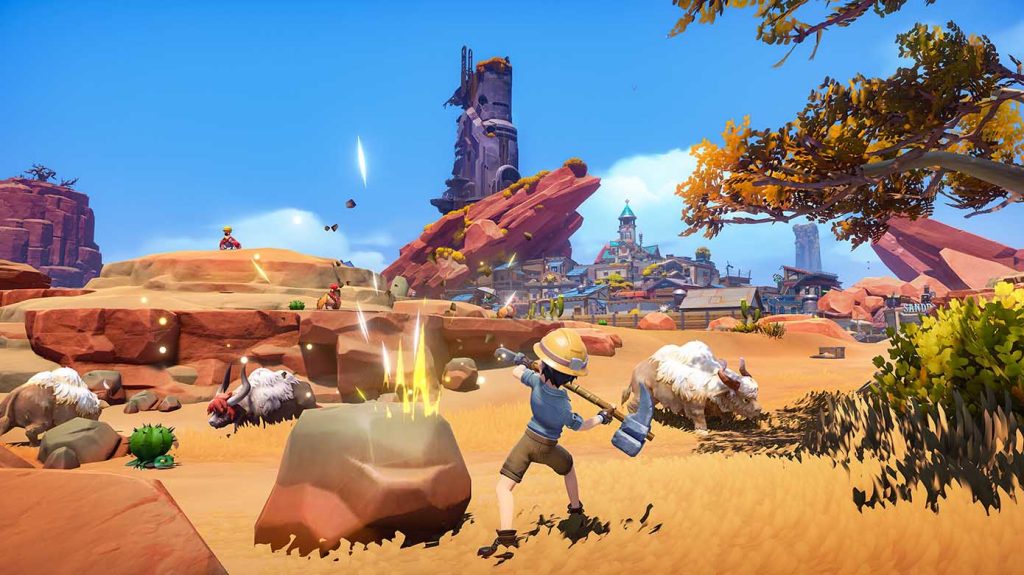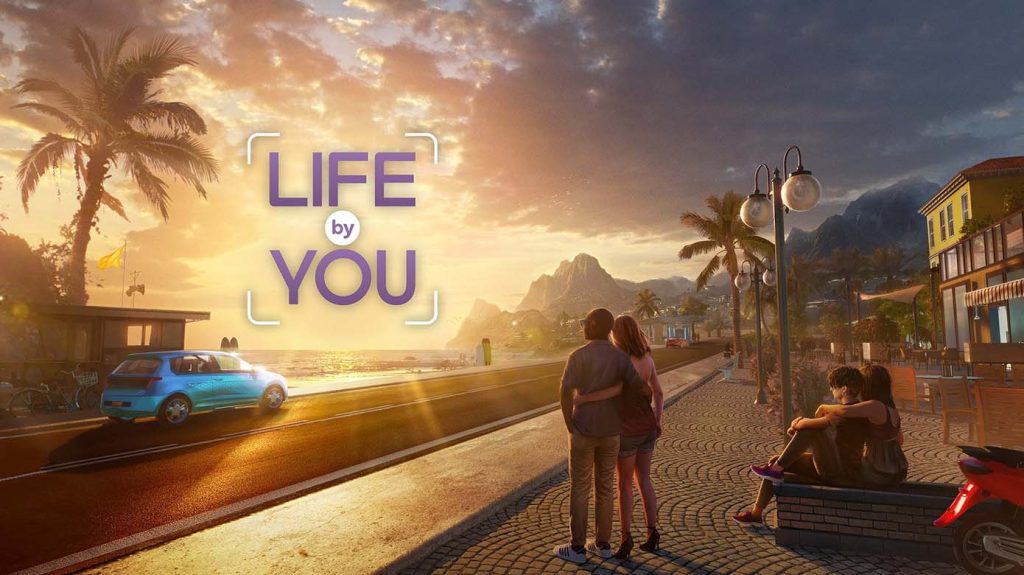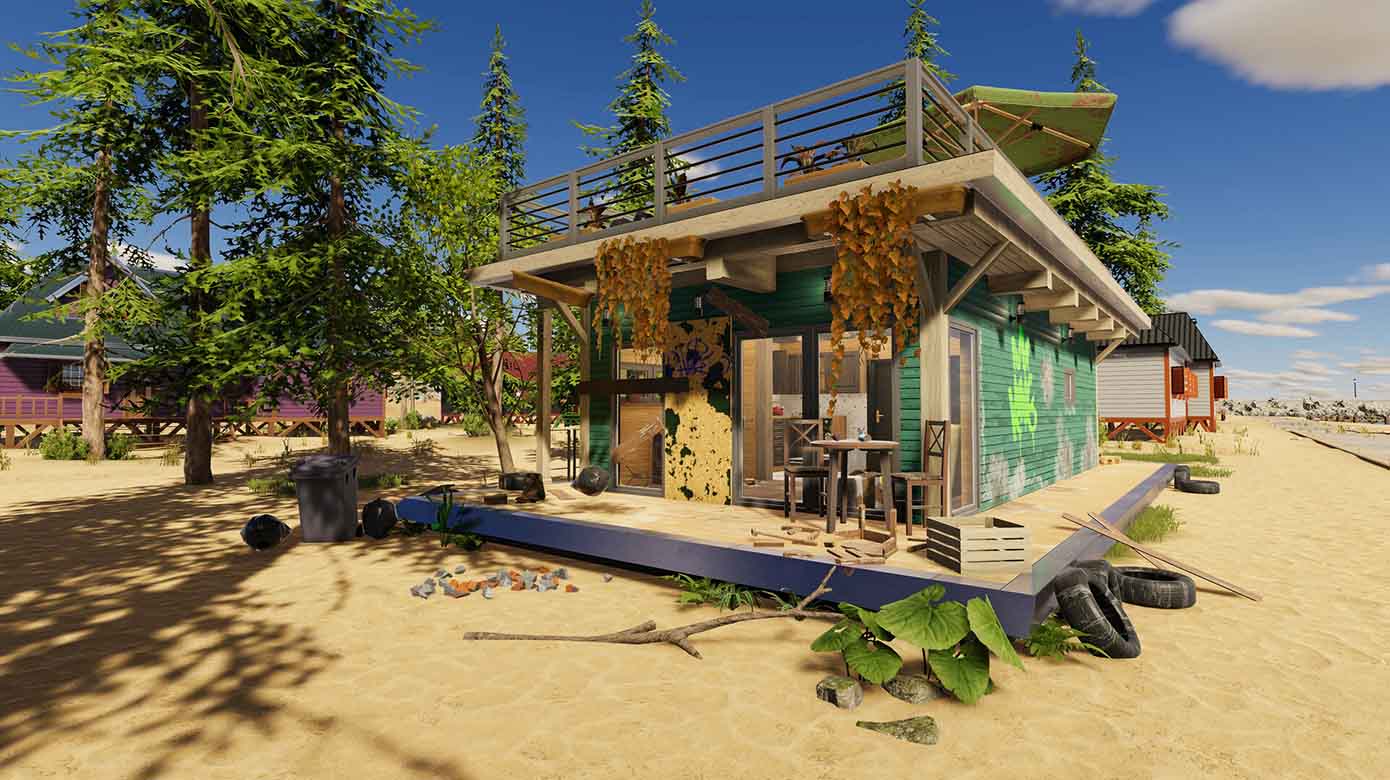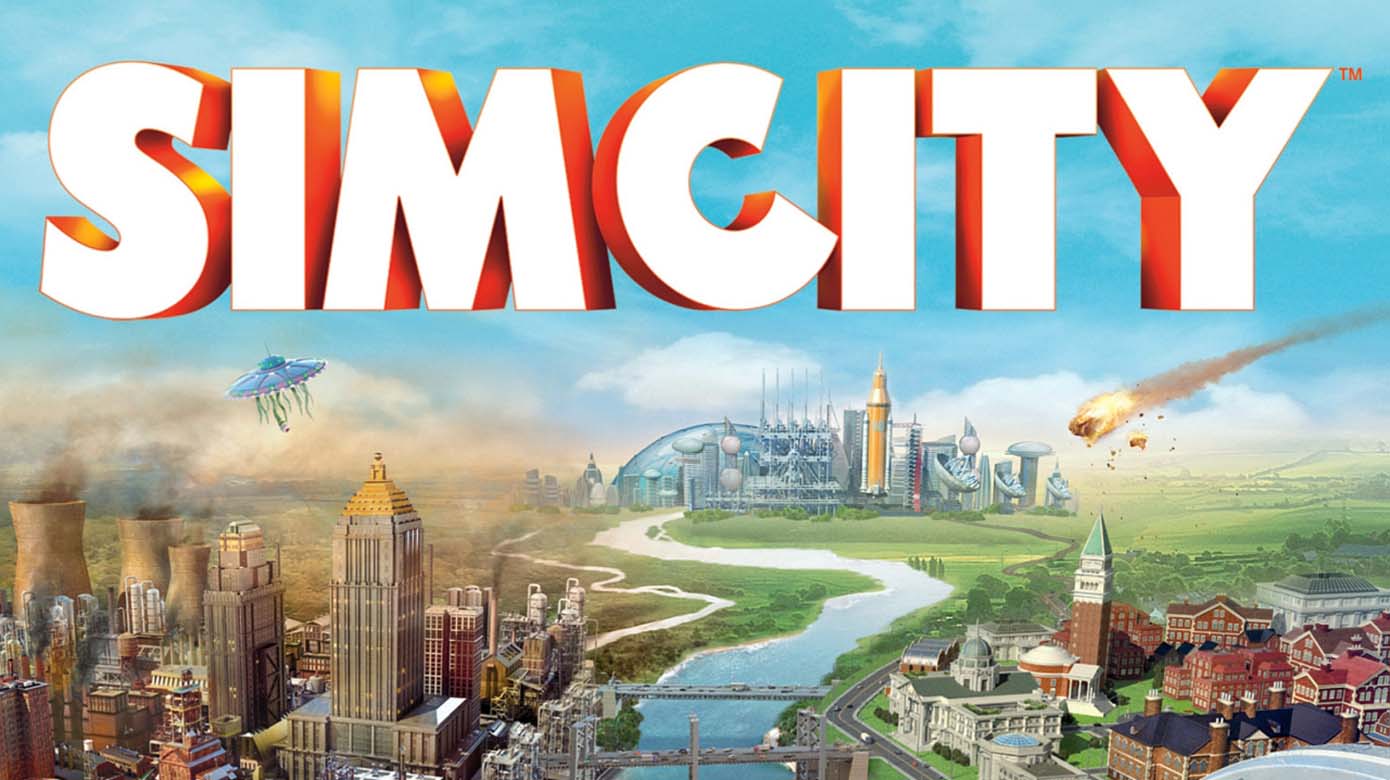In the fast-paced reality of everyday life, people are always trying to find a corner where they can catch their breath. For me, that corner exists in the world of games. Not all games focus on combat or adrenaline surges. Some, on the contrary, move at a slower pace while profoundly reflecting the essence of life. They allow immersion, contemplation, and even the reconstruction of one’s understanding of reality within a virtual world. This is the charm of life simulation games.
I have always had a soft spot for simulation games, especially those that pursue realism in detail, logic, and interaction. From city planning to life planning, from workplace challenges to interpersonal relationships, from daily meals to the changing seasons, these games offer not only choices in gameplay but also an alternative way of living life.
House Flipper 2: From Ruins to Dream Homes — A Day in the Life of a Renovator
The first time I encountered House Flipper 2, I did not expect to become so engrossed. Compared to its predecessor, House Flipper 2 has made great strides in graphics, physics engines, and interaction logic. Most importantly, it further enhances the sense of realism — every wall painted, every floor laid, every piece of furniture placed, and even every cable connected feels astonishingly authentic.
The core gameplay is simple: you are a house renovator who earns income by taking on jobs, then refurbishes houses of various styles, ultimately profiting from buying and selling. It might sound like “manual labor gameplay,” but it is precisely this laborious process that brings immersion. Cleaning, repairing, painting — each step requires hands-on attention, no room for carelessness. Sometimes, I would spend two hours just to perfect the living room of a small apartment.
What I particularly admire is that House Flipper 2 does not deliberately accelerate the pace to cater to so-called “quick thrill mechanics.” Instead, it lets players slowly “do things,” watching a house transform from dilapidation to renewed glory step by step. The process itself feels meditative. When I feel anxious or exhausted in real life, entering the game, putting on headphones, and starting renovation work has surprisingly become a way to relieve stress.
Even more importantly, it inspires spatial aesthetics. I began paying attention to real-life home design, color matching, and even seriously planning my own room layout. I never imagined that a game could subtly change my lifestyle.
My Time at Sandrock: A Free and Warm Desert Town Life

If House Flipper 2 focuses on “shaping one’s living environment,” then My Time at Sandrock is more like shaping an entire “life community.”
This is the sequel to My Time at Portia, set in the desert town of Sandrock. As a newly minted workshop owner, you craft machines, gather resources, build facilities, participate in festivals, and even develop relationships.
What fascinates me the most is the sense of “community.” Every NPC has their own daily routine, personality, and tasks. They are not just props; they genuinely live in this town. On one occasion, I helped an elderly lady repair a machine. Afterwards, she would greet me daily and even give me food. This small change created a previously unknown sense of “belonging” in the game world.
My Time at Sandrock offers high freedom, blending simulation, role-playing, building, and light combat. More importantly, it excels in emotional expression. You can choose to develop friendships, romances, or even get married, while managing your farm and workshop. The town evolves with the seasons, changing scenery and adjusting NPC outfits and activities. This attention to detail truly conveys the rhythm of life.
Additionally, the game’s time management system feels realistic. Each day has limited time and stamina, with many tasks to complete. I constantly had to consider “priorities” and allocate resources wisely. Beneath seemingly simple choices lies reflection on reality: we are all pushed forward by time, but sometimes we should pause and ask ourselves — what do I truly want to do?
Life by You: An Open, Realistic, Infinite Life Sandbox
Life by You is one of the most open and life-like simulation games I have ever experienced. Developed by a new team led by a former executive producer of the The Sims series, it clearly aims to create a more free and in-depth life simulation than The Sims.
When I first played, my initial reaction was: this is incredibly free! Character creation is highly detailed; family background, career, and life goals can all be customized. The open-world design allows players to move beyond a single home or neighborhood, exploring the city — driving, going to work, visiting malls, interacting with strangers — every action feels almost real.
I experimented with several very different life scenarios: a freelance photographer, a mid-level corporate employee, and a solitary writer. Each has a different pace of life, social circle, and economic pressure, but all must handle daily responsibilities: rent, career advancement, social conflicts, romantic relationships, health management… The game does not give explicit goals, instead making “life itself” the objective. This design gives players a greater sense of agency.

Compared with The Sims, the biggest difference in Life by You is the absence of a scripted feeling. Each character’s development is entirely determined by player choices and actions. For instance, friendships require maintenance; poor job performance may result in layoffs; neglecting a character’s mental state may trigger a chain of events, leading to depression, disconnection, or unemployment. These rules may be strict, but they are realistic.
Reflecting Reality Through the Virtual, Experiencing Life in Games
After experiencing these three games, I often find myself in a peculiar emotional state: although the world is virtual, it makes me cherish reality more. They lack complex main storylines, rushed pacing, and violent excitement, yet it is precisely this “slowing down” life simulation experience that allows me to feel the warmth and depth of life.
In House Flipper 2, I found the satisfaction of labor; in My Time at Sandrock, I experienced the warmth of community life; in Life by You, I witnessed the limitless possibilities of life. And isn’t this exactly what we constantly pursue in real life?
Everyone simulates life in their own way — some chase careers, some build families, some plant flowers, some renovate houses. Reality contains too many uncontrollable variables, but these games provide a stage where we can control, experiment, fail, and restart. Here, we can be anyone, make mistakes, and start over.



